Largest 13 Ports in Saudi Arabia
Saudi Arabia’s ports are one of the country’s most important economic and commercial flows and a key driver of regional and global trade. The Saudi Ports Authority oversees the country’s nine ports, six of which are used for trade, And three are used for industry. The nine ports are located along the Arabian Gulf and Red Sea coasts. The ports have greatly contributed to economic competitiveness, diversifying revenue sectors and transforming the kingdom into an ideal global logistics hub.
A history of Saudi Arabia’s ports
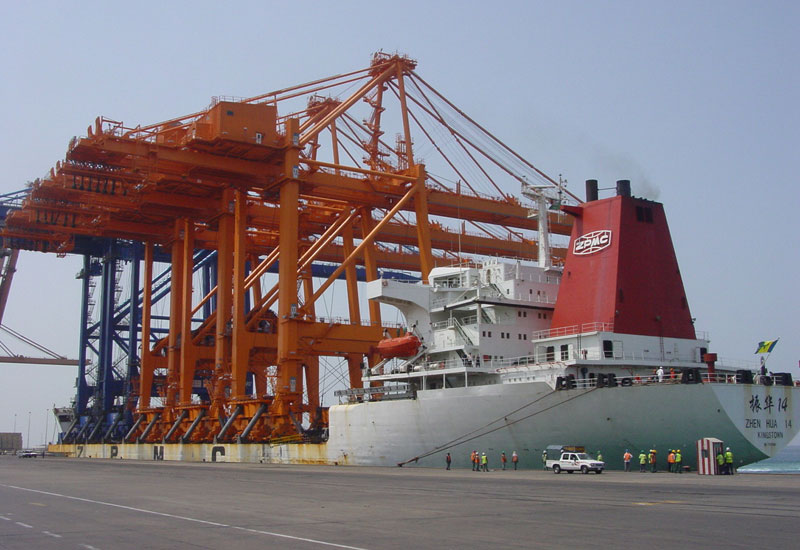
Since the founding of the General Ports Organization in 1976, several ports have opened in Saudi Arabia. In 1997, the operation of ports
Handed over to the private sector. In 2018, the cabinet approved the General Administration of Ports to be renamed the Saudi Ports Authority and become a public body. Four ports facilitate trade from the Arabian Gulf and another five from the Red Sea.
The largest seaport in Saudi Arabia
King Abdulaziz Port, Dammam
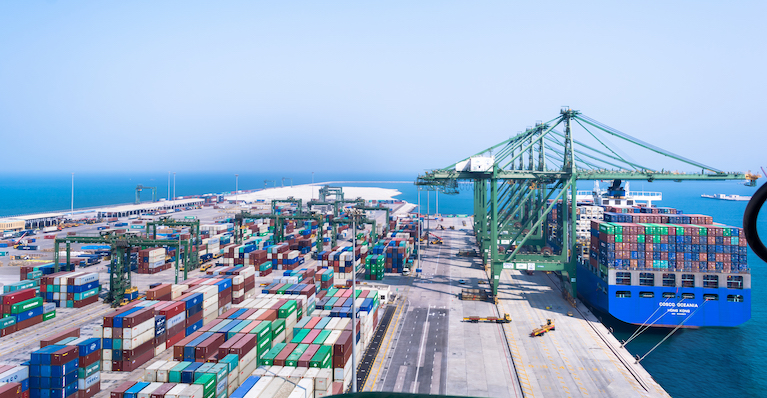
It is the largest and busiest port in the Persian Gulf and the third largest and busiest in the Middle East and North Africa (MENA) region. Due to its strategic position, King Abdulaziz Port is Saudi Arabia’s main oil port. Under the rule of King Abdulaziz bin Abdulrahman Al Saud, Saudi Aramco established the port in order to meet
The rapidly growing needs of the country’s oil industry.
Facilities
- The port has 43 fully equipped berths to accommodate large vessels. As a result, it is one of the busiest seaports in Saudi Arabia
- Full operational services, modern cargo handling equipment, and support docks for containers and general cargo
Capacity: King Abdulaziz Port has set a new record for daily container throughput through its integrated maritime and logistics services system. At that time, it handled 18,020 TEUs on a single ship.
Location: King Abdulaziz Port near Dammam Al Nawras, Saudi Arabia
Best known: King Abdulaziz Port in Dammam is known for its throughput and cargo handling capacity.

The Islamic Port of Jeddah, Saudi Arabia, lies at the heart of an international maritime corridor connecting East and West via the Suez Canal. It is The second largest and second busiest port in the Arab world. The port has been historically significant since its foundation in 646 AD during the reign of Caliph Uthman ibn Afan. Today, it is Saudi Arabia’s largest import and export gateway. The Islamic Port of Jeddah is also the main port serving the holy cities of Mecca and Medina.
Facilities
- The terminal for pilgrims, tourists, and inbound and outbound passengers is well-equipped
- Jeddah Port has 62 berths that can handle containers, passengers, general cargo, animals, cars, and bulk grain
- For transshipment and bonded storage, it has a logistics park with stevedores, open-air storage, warehouses, truck docks, and refueling centers
Capacity: Jeddah Islamic Port can handle 19,800 TEU of contemporary container ships.
Location: Al-Baghdadiyah al-Gharbiyah Al Kurnaysh Br Rd, Jeddah, Saudi Arabia
Best known for:Jeddah Islamic Port is best known as the main entry point to Mecca’s Holy Mosque.
Recommended reading: The Mosque: Its history, key structures, and little-known facts
King Fahd Industrial Port of Yanbu
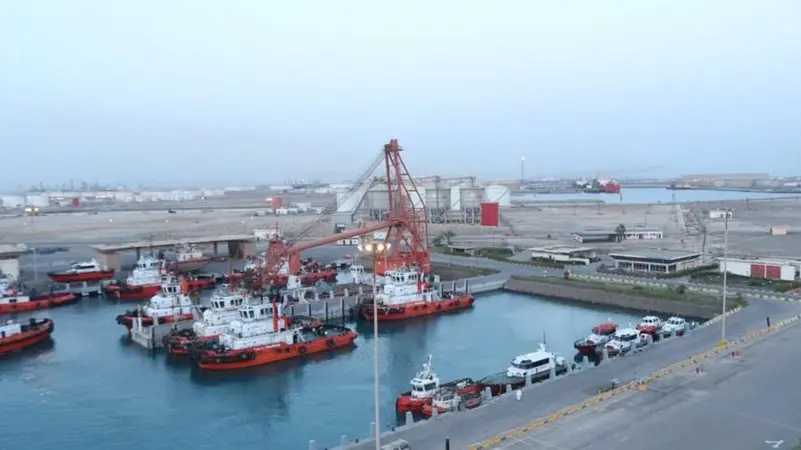
Yanbu is located on the Red Sea coast in west-central Saudi Arabia and is home to the King Fahd Industrial Port. It is one of Saudi Arabia’s most important seaports and is Saudi Arabia’s most important export of crude oil, petroleum and petrochemicals on the Red Sea coast. The port also supports the needs of the country’s industrial complex. These industrial complexes export liquid and solid petrochemical products and import equipment and instruments to manufacture various products.
Facilities:
- King Fahd Industrial Port in Yanbu
has three berths, integrated terminals, and a capacity of 500,000 tons of ships
Capacity: King Fahd Industrial Port in Yanbu can handle 210 million tons of cargo per year.
Location: Yanbu Industrial Zone, Saudi Arabia
Best known for: King Fahd Industrial Port in Yanbu is the largest port on the Red Sea for loading crude oil and petrochemicals.
Jubail, King Fahd Industrial Port
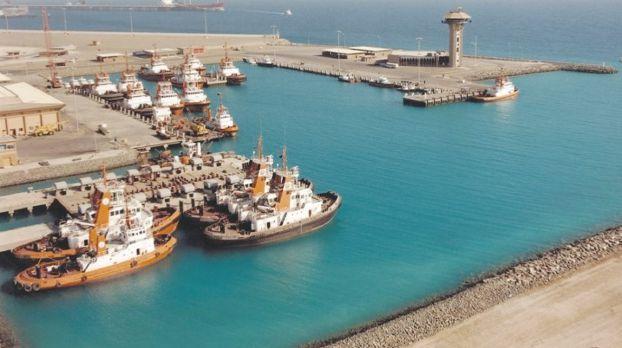
The King Fahd Industrial Port in Jubail is a famous industrial port in the Middle East. King Fahd bin Abdulaziz inaugurated the port in 1982. The port is effectively designed to handle raw materials and import them for local businesses and industry. It has also facilitated exports of refined petroleum products, petrochemicals, sulfur, and fertilizers.
Facilities:
- King Fahd Industrial Port has five terminals at the port
- It has 34 berths and 10 terminal operators
Capacity: The King Fahd Industrial Port in Jubail can handle 70 million tonnes of cargo annually.
Location:Saudi Aramco Jubail Refinery on Highway 1 in Jubail, Saudi Arabia.
Best known for: The country’s famous import and export port for petrochemicals and refined petroleum products.
Jubail Commercial Port
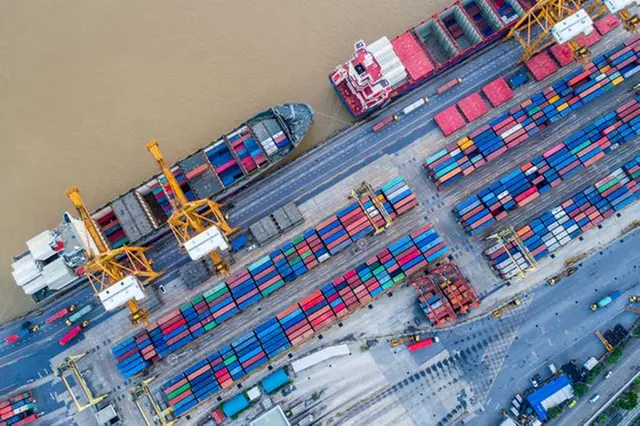
The Jubail Commercial Port was built on the eastern central coast of the Arabian Gulf. In 1974. It is the largest artificial port in the world One of them covers 44 square kilometers. Its proximity to Jubail, Saudi Arabia’s main industrial and petrochemical complex, reduces the cost of importing and exporting materials and improves the kingdom’s competitiveness.
Facilities:
- Jubail Commercial Port has a fleet of services to assist ships in and out of berths at any time, in any weather, with minimal delay.
- There are 16 berths, outdoor warehouses, and a warehouse at Jubail Commercial Port.
Capacity: The total throughput of Jubail Commercial Port is 36 million tons.
Location: Downtown Jubail, Saudi Arabia
Best known for: Jubail Commercial Port is a backup port for King Abdul Aziz Port.
Port of Jizan
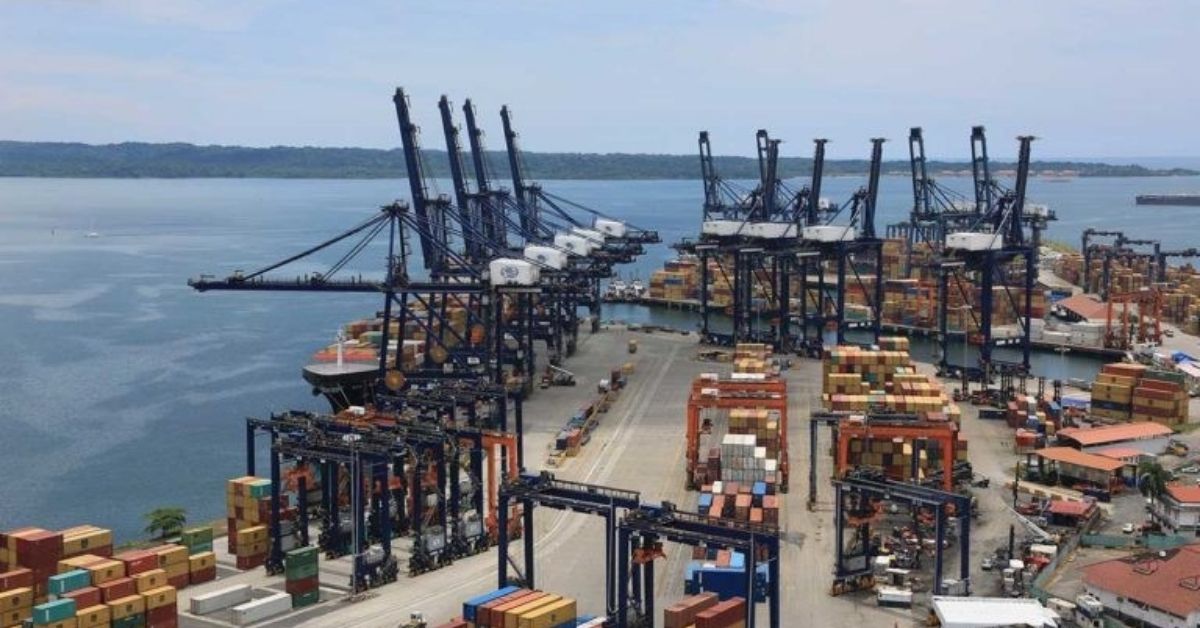
Port Jizan is Saudi Arabia’s third-largest port by design capacity. Opened in 1976, it is Saudi Arabia’s main gateway for livestock imports from Africa. The port has many facilities, such as gas stations, control towers, large warehouses, and numerous berths.
Facilities:
- To ensure ship safety, the port has 12 berths and three auxiliary guided approach channels. Throughput
Capacity:The port of Jazan has a total throughput of 5 million tons.
Location: King Fahd Road Waterfront, Jizan, Saudi Arabia
Best known for: Port of Jizan’s proximity to the trade routes connecting Europe, the Far East, the Arabian Gulf, and East Africa sets it apart.
As part of Vision 2030, the Saudi Ports Authority intends to build and develop passenger terminals at the national port to accommodate foreign tourists and cruise ship passengers. It also wants to integrate innovative technologies and automation throughout the port and logistics infrastructure. In addition, the Saudi Ports Authority intends to increase the country’s port. Capacity to more than 40 million TEUs.
Port of Duba
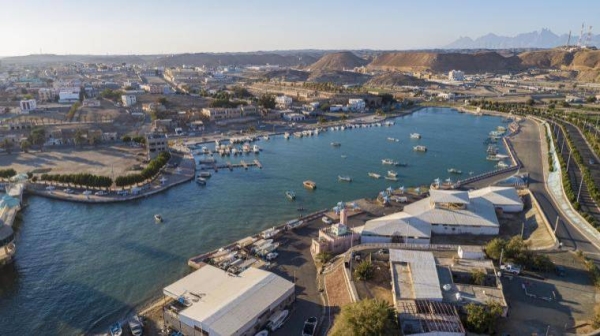
Port of Duba is positioned in the north Red Sea 450 kilometers north of Yanbu. It is a well-protected natural harbor by three sides thru hills.
The new port possesses three berths with 200 meters each for ro-ro vessels
Handles: breakbulk, dry bulk, and containers
Major cargoes hold food, vehicles, industrial products, and construction materials.
Port capable of handling 10 million tons annually
Port of Rabigh
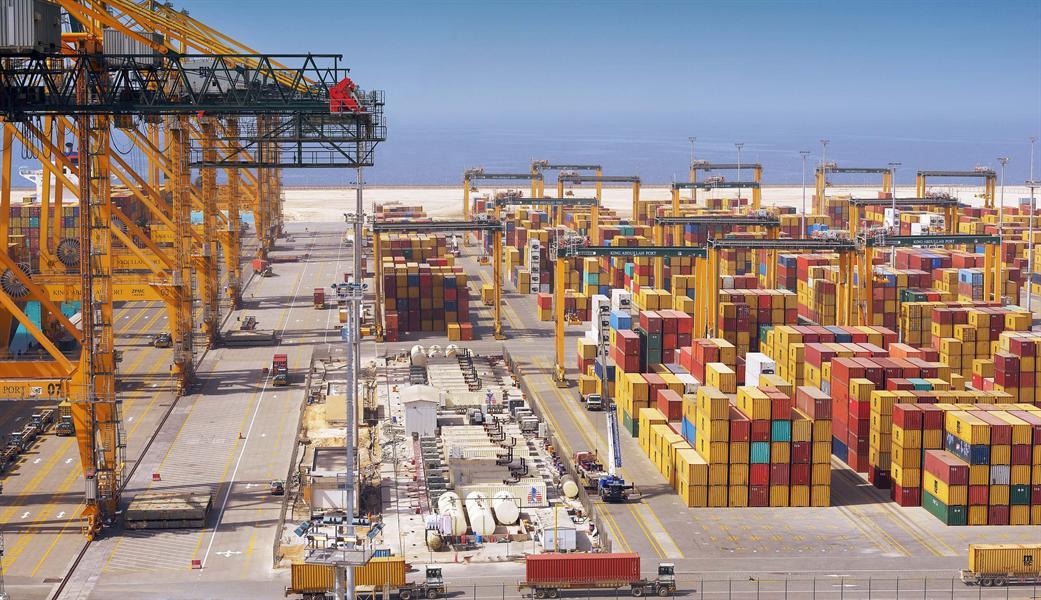
Rabigh Port is a deep-water port sheltered by a parallel-to-the-coast offshore barrier reef. This port consists of the Oil Cargo Port and Refinery, Pioneer Port, Dry Cargo Port, and Dry Cargo Pie.
Principally handles liquid and dry bulk cargoes, general cargo
Accommodates about 300 vessels annually
Yearly imports of crude oil are around 10 million tons
Exports of petroleum products annually are 10 million tons and 14 million tons of sulfur
Port of Ras al Khafji
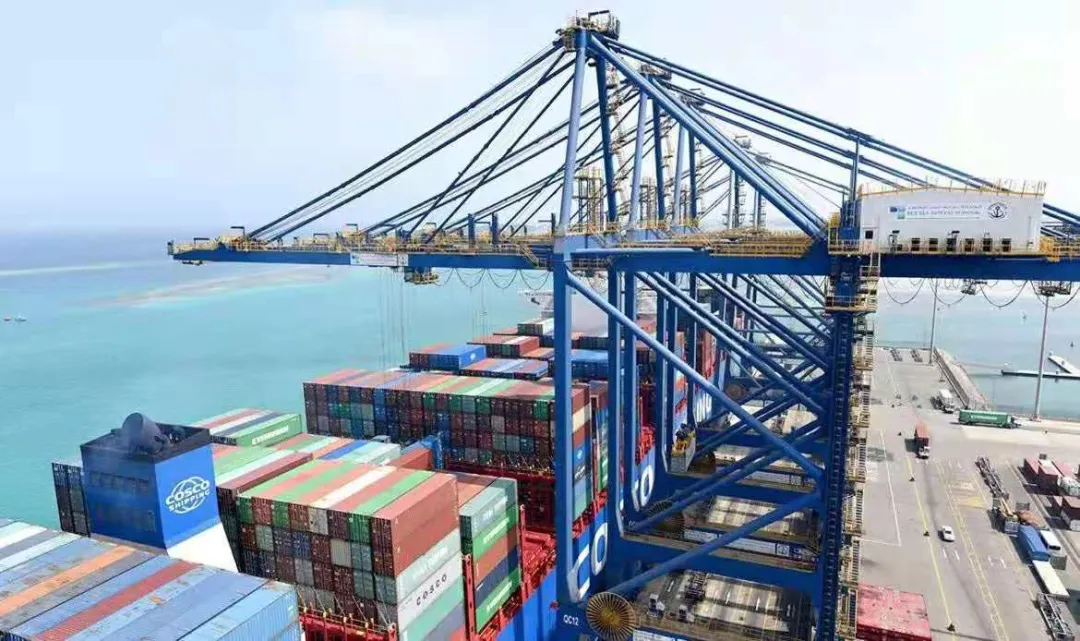
Port of Ras Al Khafji is an offshore port located around 15 kilometers off Saudi Arabia’s northeast coast in the Divided Zone of Saudi Arabia and Kuwait.
Comprises 4 tanker loading berths and an anchorage area
Cargoes handled are fuel oil, naphtha, and crude
About 60 vessels annually visit the port
Port of Zuluf
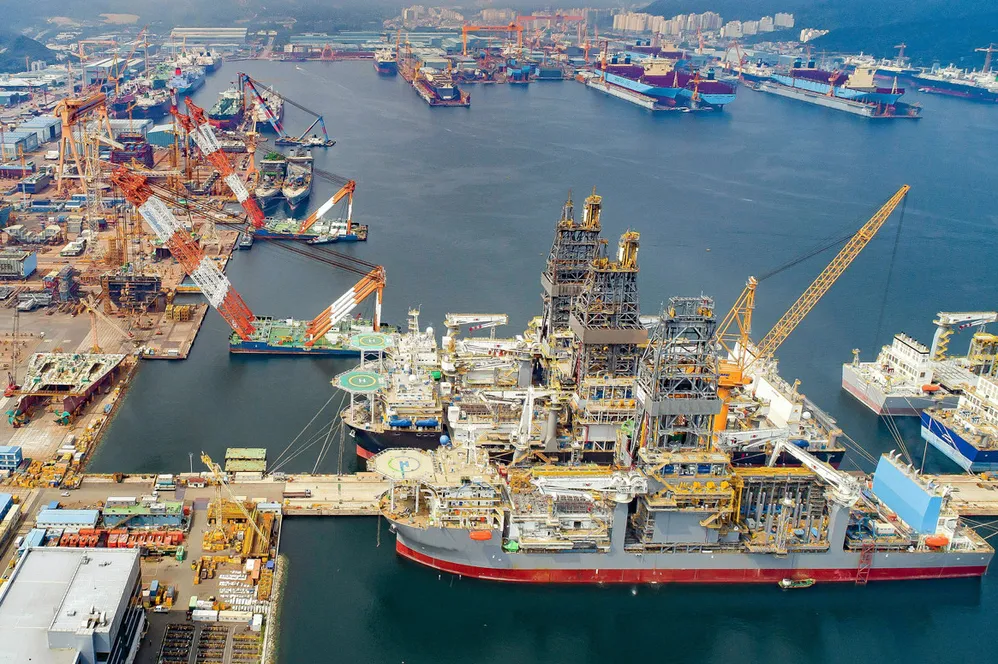
Port of Zuluf is a small size port in Saudi Arabia.
Latitude – 28° 0′ 17″ N
Longitude – 48° 45′ 37″ E
Port Type – Pier, Jetty, or Wharf
Dhiba Port
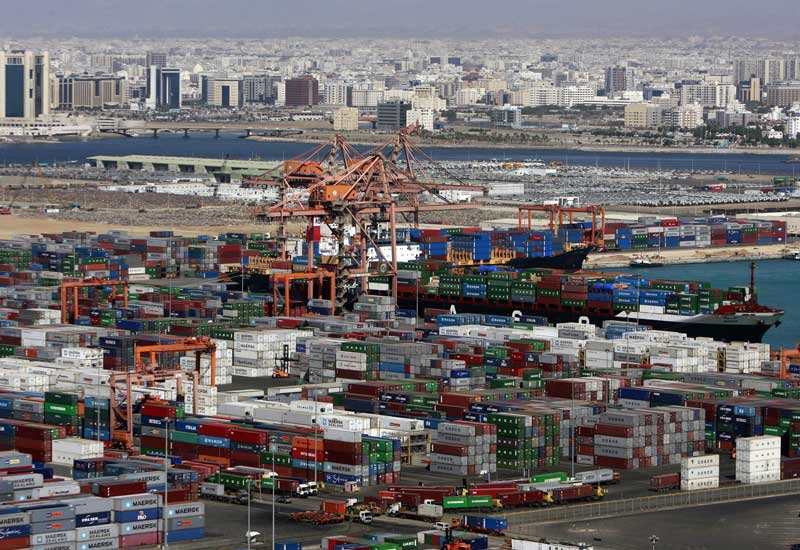
Dhiba Port is the closest port in Saudi to the Suez Canal and in the countries of the Mediterranean basin ports.
Occupies an area of 11.258 million square meters
Well-appointed with several kinds and new tools for handling cargoe
Accepts roll-on/off ships specific for car shipping and passenger transportation
Storage area – 12,000 square meters
Port of Ras Tanura
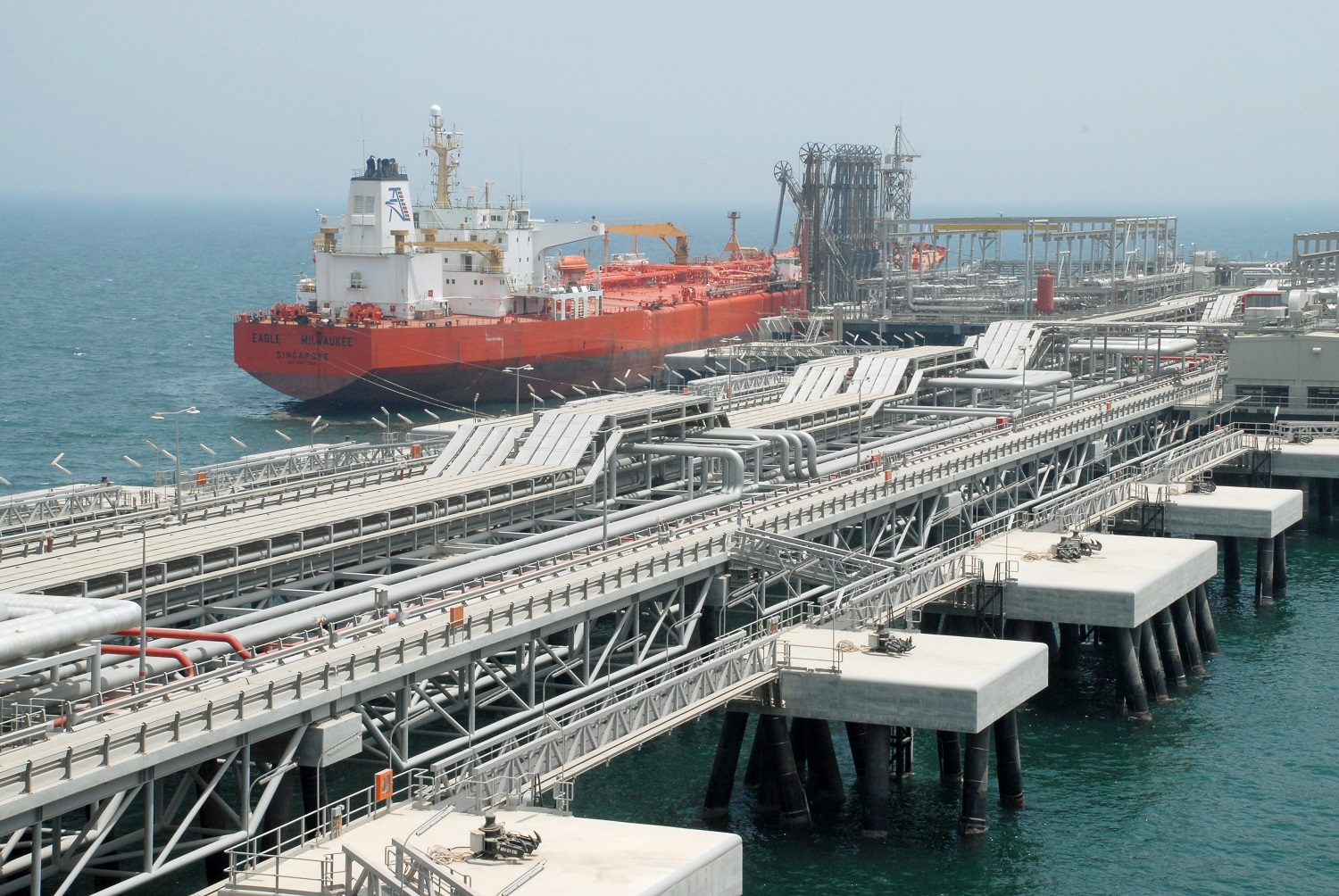
The Port of Ras Tanura is in the Gulf, north of Al Dammam, in the eastern province of Saudi Arabia.
Small port capable of handling medium-sized cargo
Accommodates various kinds of military practices
Port of Ras al Mishab
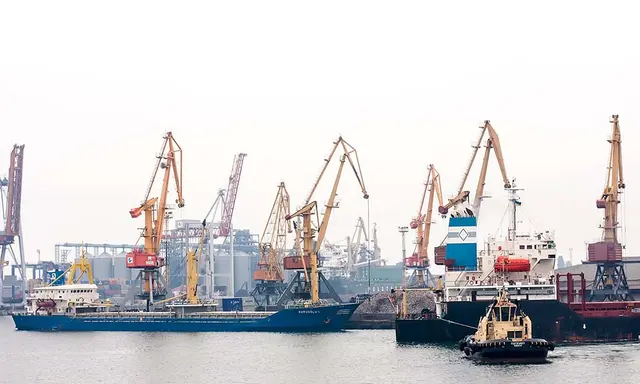
The Port of Ras al Mishab is situated on Saudi Arabia’s northeast coast. This port assists the military city of Al-Batin.
Coordinates: N 28° 07′ 25.62″/ E 048° 38′ 04.57″
Port handles: dry bulk and container
Handling – breakbulk

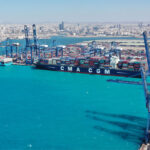


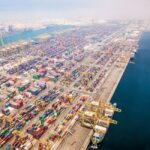
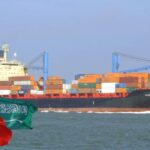
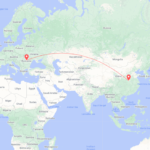
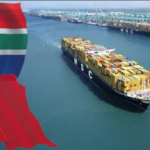
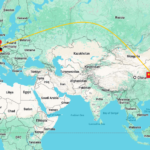

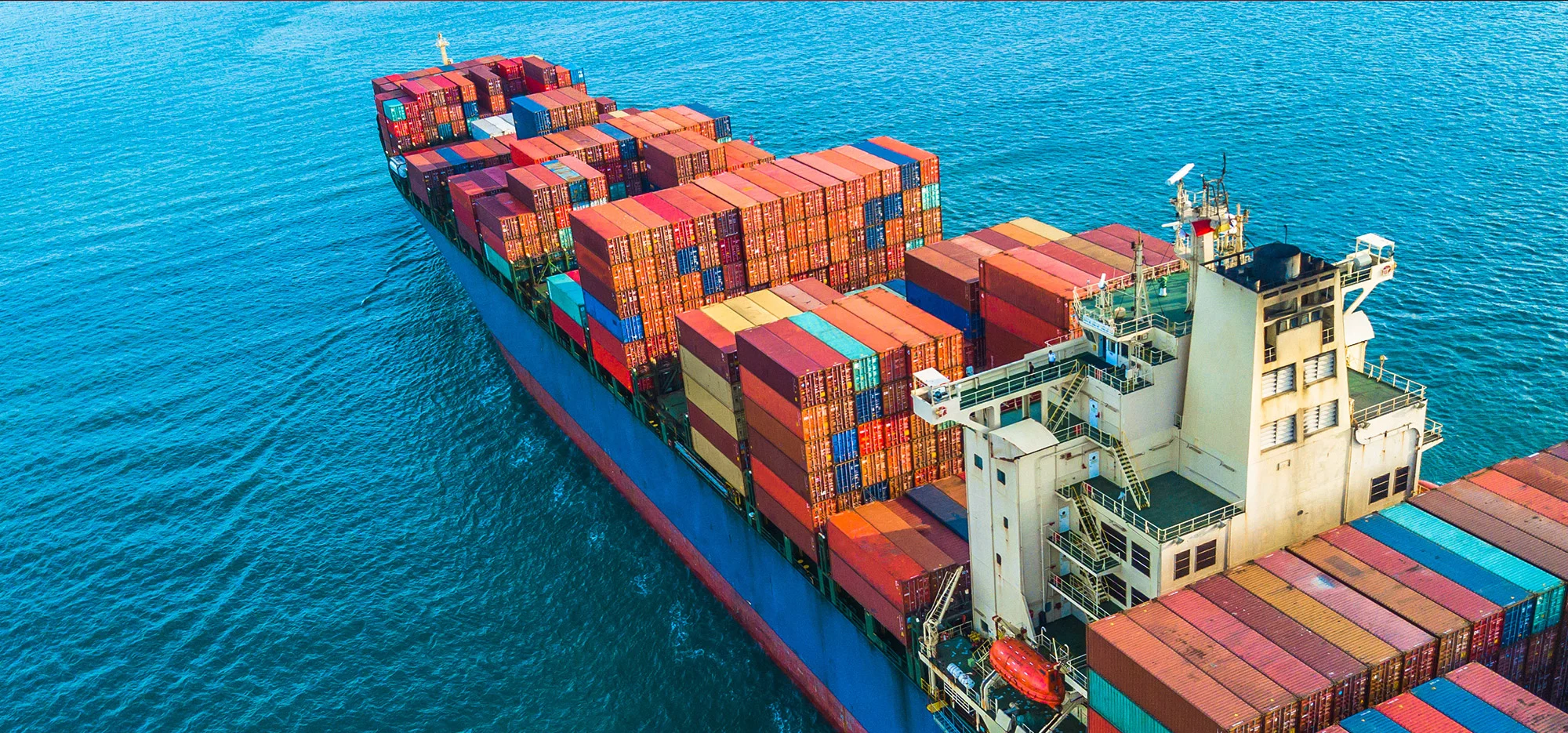
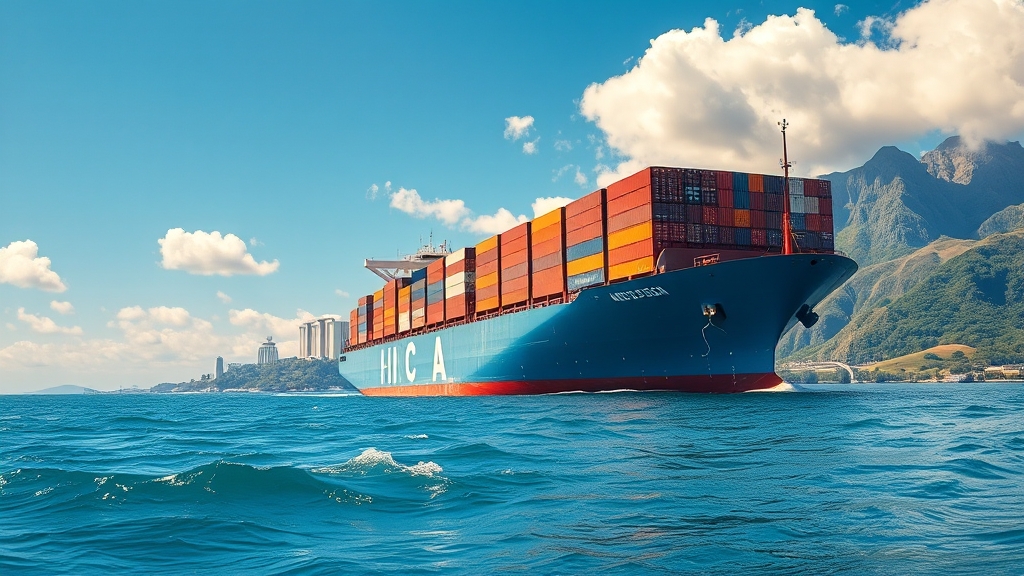

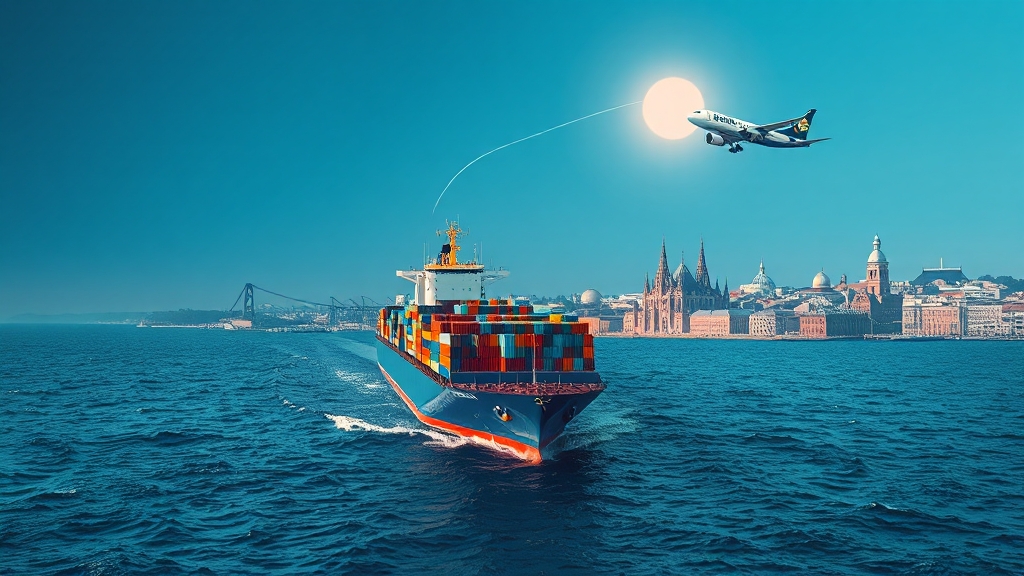
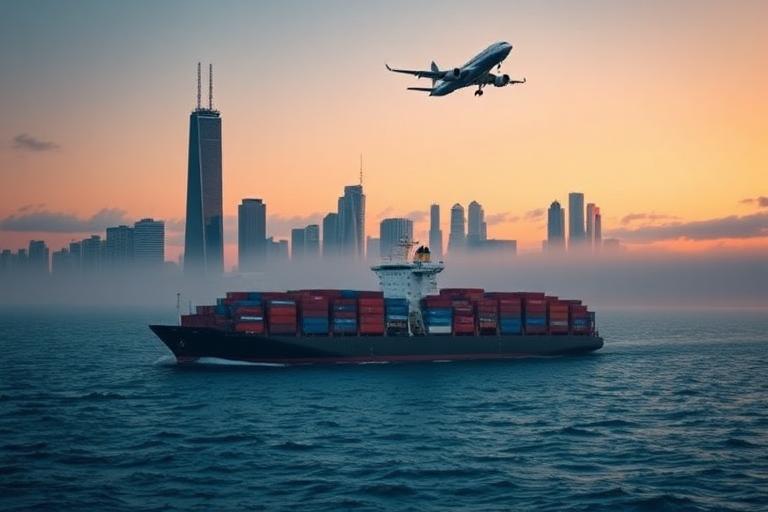





 Afrikaans
Afrikaans Shqip
Shqip አማርኛ
አማርኛ العربية
العربية Հայերեն
Հայերեն Azərbaycan dili
Azərbaycan dili Euskara
Euskara Беларуская мова
Беларуская мова বাংলা
বাংলা Bosanski
Bosanski Български
Български Català
Català Cebuano
Cebuano Chichewa
Chichewa 简体中文
简体中文 繁體中文
繁體中文 Corsu
Corsu Hrvatski
Hrvatski Čeština
Čeština Dansk
Dansk Nederlands
Nederlands English
English Esperanto
Esperanto Eesti
Eesti Filipino
Filipino Suomi
Suomi Français
Français Galego
Galego ქართული
ქართული Deutsch
Deutsch Ελληνικά
Ελληνικά Kreyol ayisyen
Kreyol ayisyen Harshen Hausa
Harshen Hausa Ōlelo Hawaiʻi
Ōlelo Hawaiʻi עִבְרִית
עִבְרִית हिन्दी
हिन्दी Hmong
Hmong Magyar
Magyar Íslenska
Íslenska Igbo
Igbo Bahasa Indonesia
Bahasa Indonesia Gaeilge
Gaeilge Italiano
Italiano 日本語
日本語 Basa Jawa
Basa Jawa ಕನ್ನಡ
ಕನ್ನಡ Қазақ тілі
Қазақ тілі ភាសាខ្មែរ
ភាសាខ្មែរ 한국어
한국어 كوردی
كوردی Кыргызча
Кыргызча ພາສາລາວ
ພາສາລາວ Latin
Latin Latviešu valoda
Latviešu valoda Lietuvių kalba
Lietuvių kalba Lëtzebuergesch
Lëtzebuergesch Македонски јазик
Македонски јазик Malagasy
Malagasy Bahasa Melayu
Bahasa Melayu മലയാളം
മലയാളം Maltese
Maltese Te Reo Māori
Te Reo Māori मराठी
मराठी Монгол
Монгол ဗမာစာ
ဗမာစာ नेपाली
नेपाली Norsk bokmål
Norsk bokmål پښتو
پښتو فارسی
فارسی Polski
Polski Português
Português ਪੰਜਾਬੀ
ਪੰਜਾਬੀ Română
Română Русский
Русский Samoan
Samoan Gàidhlig
Gàidhlig Српски језик
Српски језик Sesotho
Sesotho Shona
Shona سنڌي
سنڌي සිංහල
සිංහල Slovenčina
Slovenčina Slovenščina
Slovenščina Afsoomaali
Afsoomaali Español
Español Basa Sunda
Basa Sunda Kiswahili
Kiswahili Svenska
Svenska Тоҷикӣ
Тоҷикӣ தமிழ்
தமிழ் తెలుగు
తెలుగు ไทย
ไทย Türkçe
Türkçe Українська
Українська اردو
اردو O‘zbekcha
O‘zbekcha Tiếng Việt
Tiếng Việt Cymraeg
Cymraeg יידיש
יידיש Yorùbá
Yorùbá Zulu
Zulu